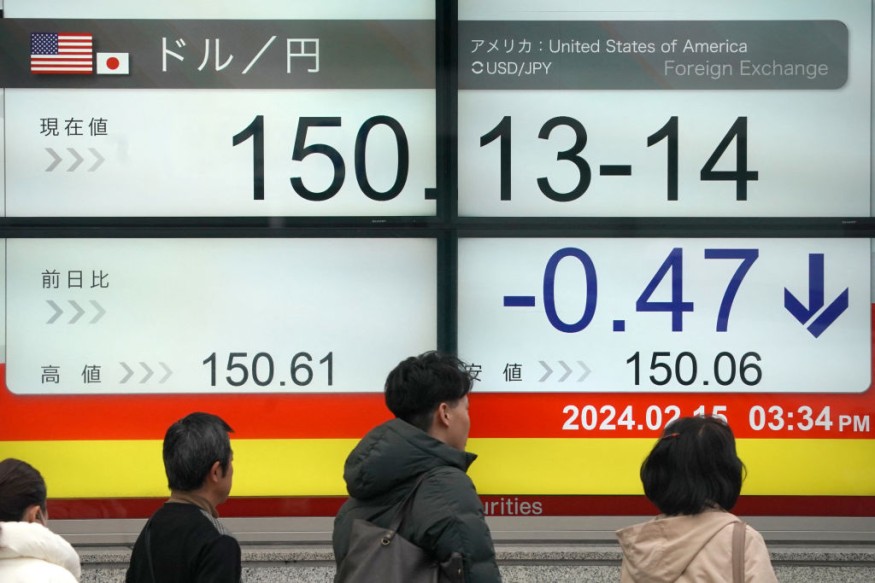Fed's Rate Cut Plans Boost Prospects for Asian Currency Strength
While a rate drop by the US Federal Reserve later this year may not be good news for the US dollar, certain Asian currencies might benefit from it.

A nation's currency gains value as interest rates rise, drawing in foreign capital and boosting demand for the national currency. In general, developing markets benefit from a weaker US currency, which is frequently the case when the Fed lowers interest rates outside of an economic crisis.
Since the Fed adopted a more dovish stance in December, rate reductions by summer are now priced in by the markets. The first 25 basis point rate decrease in 2024 may take place as early as June, according to the CME FedWatch tool.
Following its January meeting, the Fed decided to maintain its benchmark borrowing rate in the range of 5.5% to 5.25%. The loosening of monetary policy by the Fed is expected to support the Chinese yuan, the Korean won, and the Indian rupee.
Asian Currencies Set To Rise?
China has endured a barrage of depressing news stories that have undermined investor confidence. However, yuan pessimism has been curbed by optimism that the government would not permit the trade-dependent country's currency to drop below a specific threshold.
Arun Bharath, chief investment officer at Bel Air Investment Advisors, says China is likely to carry on with its prior attempts to stabilize the yuan versus the dollar.
Bharath remarked that despite the USD/CNY rate dipping to a seven-level handle, indicative of China's economic softening, significant further depreciation is improbable. This is attributed to policymakers adopting a more assertive approach towards fiscal stimulus, credit expansion, and bolstering property prices. He suggested that the Chinese currency's exchange rate is anticipated to remain relatively stable, likely fluctuating within a tight range centered around the current rate of 7.10.
Not like other significant currencies, such as the yen from Japan, China maintains tight control over the onshore yuan, unlike the US dollar or other currencies with freely fluctuating exchange rates. The currency is fixed to the US dollar using a mechanism known as the "daily midpoint fix," which is based on quotes from interbank dealers and the yuan's previous closing level. The onshore yuan fell to a 16-year low of 7.2981 versus the US dollar last year.
The yield differences between the two biggest economies in the world would probably close by the summer if the Fed begins reducing rates, which would also take some of the pressure off the Chinese yuan. Bonds may be compared using yield differentials, which show variations in yield.
The People's Bank of China has a major role in currency management, which is accomplished, through regulatory channels, daily fixing, liquidity controls, and ordering state institutions to step in.
Since it is uncertain how much money is in China's foreign exchange reserves overall, the last technique is the most opaque.
The Indian rupee is also poised to benefit from carry trades this year, as traders may borrow low-yielding currencies like the U.S. dollar to invest in higher-yielding assets such as bonds. Anindya Banerjee, VP of currency and derivatives research at Kotak Securities, suggests that as U.S. interest rates decline, creating a wider interest rate differential, carry trades against currencies like the yen or euro could occur, bolstering the Indian currency.
Additionally, optimism that the Reserve Bank of India will adopt a slower pace of monetary policy loosening compared to other central banks may further support the rupee. Banerjee anticipates that the RBI's rate cuts will lag behind the Fed's due to India's lesser inflation concerns, attributed to robust fiscal policies and a thriving economy.
Conversely, South Korea's won, which has faced pressure for several years, is expected to find relief in 2024 amid improving economic conditions and a more accommodative Fed policy, potentially alleviating strain on the currency.
© 2026 MoneyTimes.com All rights reserved. Do not reproduce without permission.











